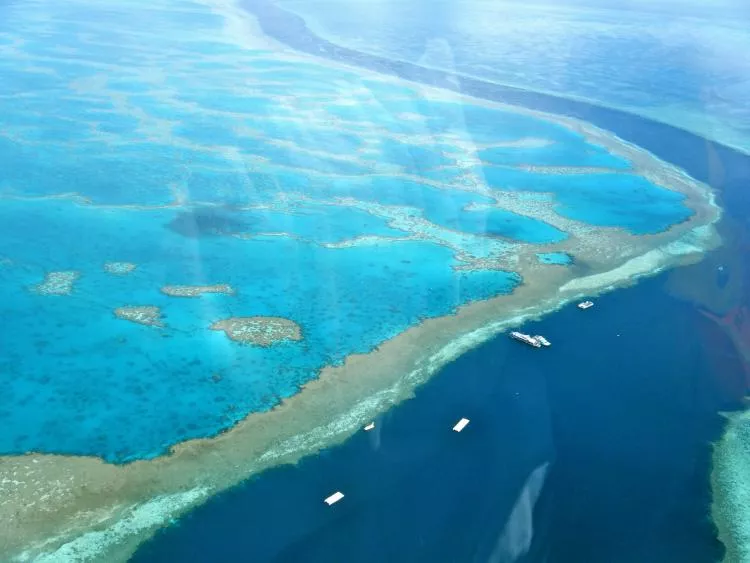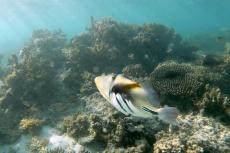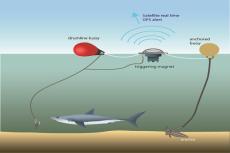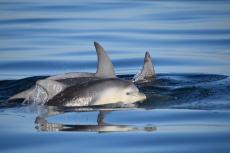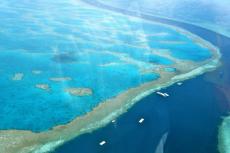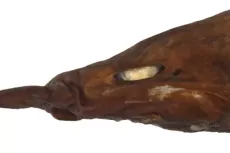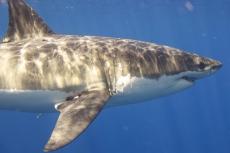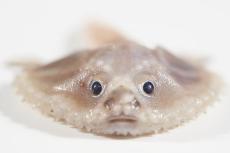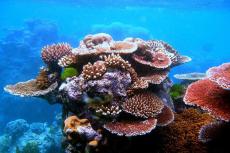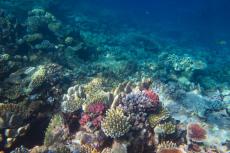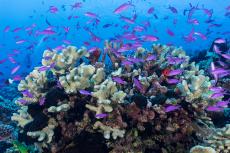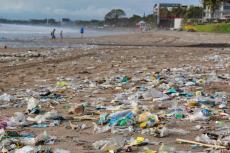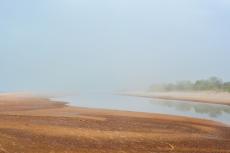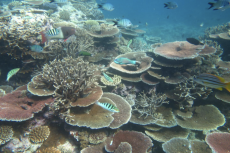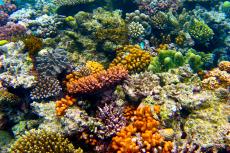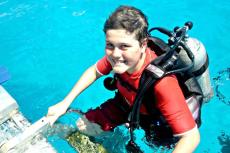Great Barrier Reef has sort of chlamydia
Researchers have discovered bacteria closely related to chlamydia, a sexually transmitted infection in humans, on the Great Barrier Reef, which may assist coral tackle the problem of coral bleaching.
The discovery of chlamydia-like bacteria in corals of the Great Barrier Reef could help scientists understand the coral microbiome and its impact on coral reef health.
Corals are associated with a variety of bacteria, which occur in the surface mucus layer, gastrovascular cavity, skeleton and tissues where they play a critical role in protecting corals against pathogens, cycling nutrients, and producing vitamins and essential amino acids.
Some tissue-associated bacteria form clusters, termed cell-associated microbial aggregates (CAMAs), which are poorly studied.
The research team, led by the University of Melbourne, found two types of bacterial clusters in coral tissue on the reef:
Endozoicomonas: a bacteria known to be widespread in corals, generally considered beneficial. It is generally thought that this bacterium is beneficial to corals because of its ability to produce B vitamins and antimicrobial compounds.
Chlamydiales: a bacteria that contains the pathogens responsible for chlamydia infections in mammals but has never been described before in corals.
There is a possibility that these Chlamydiota bacteria get nutrients and energy from other coral-associated bacteria. One of the focal points for further research into the matter is the development of bacterial probiotics for corals, which can enhance their resistance to thermal stress and increase survival rates caused by climate warming.


